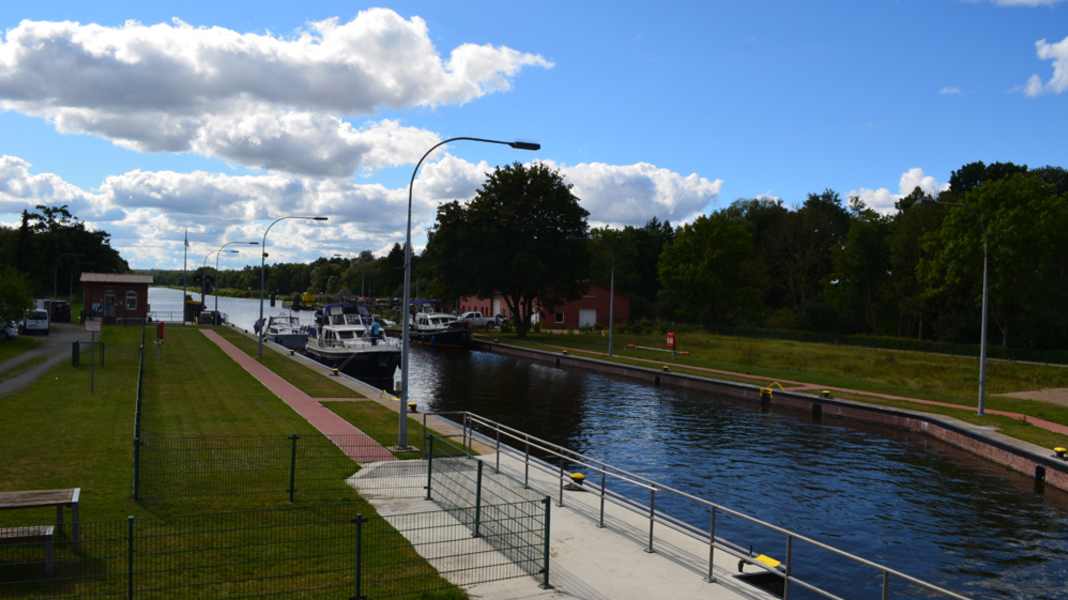
Germany has just experienced the hottest day of the year with record temperatures - and more could follow. Heat and drought also have a major impact on the navigability of inland waterways: When there is a shortage of water, the waterways are used less frequently. This is now affecting the Elbe-Lübeck Canal in Schleswig-Holstein.
Waiting times at four locks
At four of the seven barrages along the 61-kilometre link, pleasure craft now have to expect a waiting time of up to two hours. This was announced by the responsible Elbe Waterways and Shipping Authority in a current message for inland navigation (NfB) known.
The measure on the Elbe-Lübeck Canal is initially valid until mid-October, but changes are possible. The four locks in question are Büssau (ELK-km 3.4, upstream during lockages), Donnerschleuse (km 20.7, downstream), Witzeeze (km 50.4, upstream) and Lauenburg (km 60.2, downstream).
Elbe-Lübeck Canal just reopened
In the case of canals, the water level can only be maintained by feeding in water from other bodies of water. If the groundwater level or the water level of these bodies of water falls, a canal has to be particularly economical with the available water. Weirs are closed and the water flowing downstream is reduced by sluices.
The restrictions on the Elbe-Lübeck Canal only come shortly after the waterway has been was reopened to shipping after months of closure. Repairs to the thunder sluice took considerably longer than originally planned.
